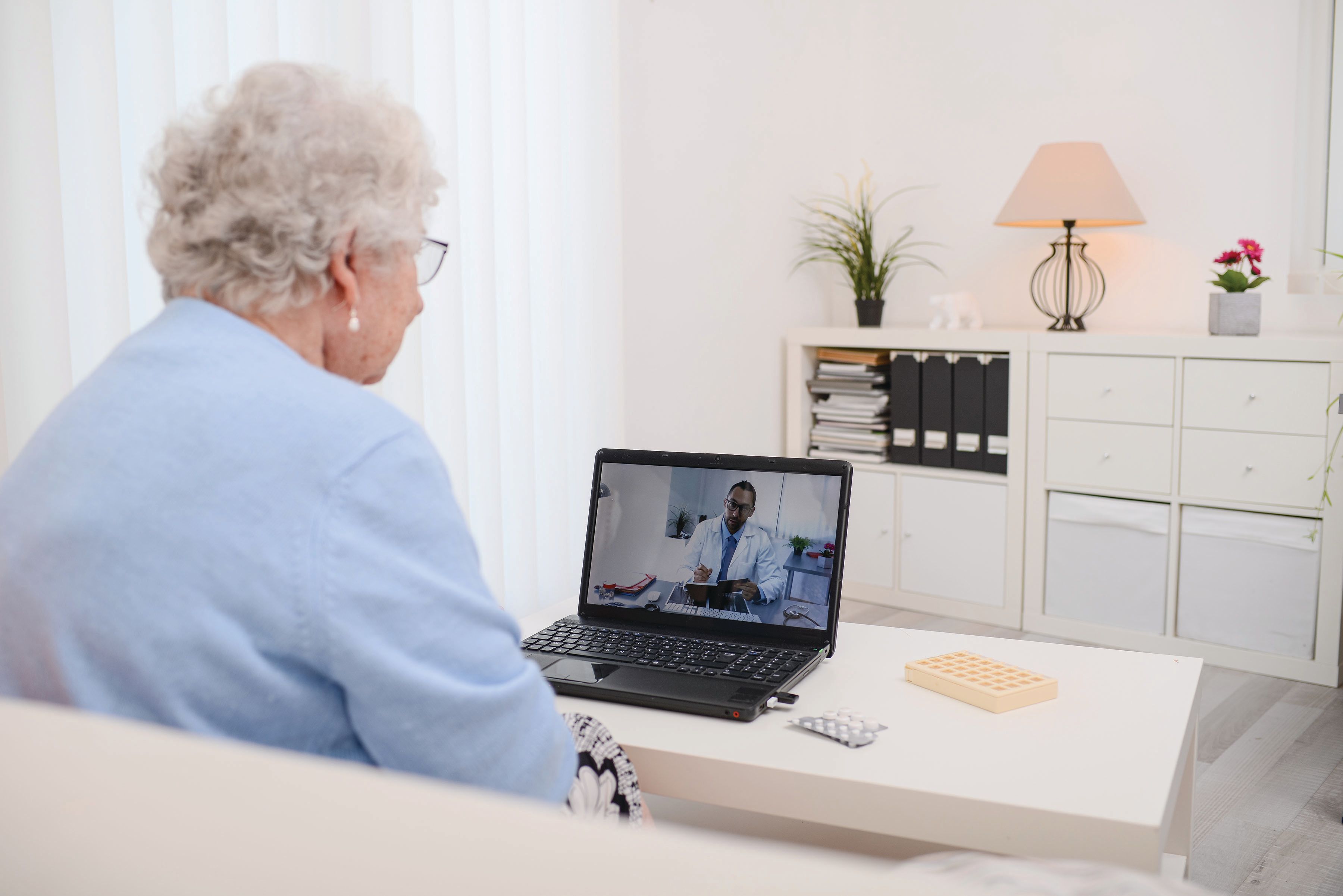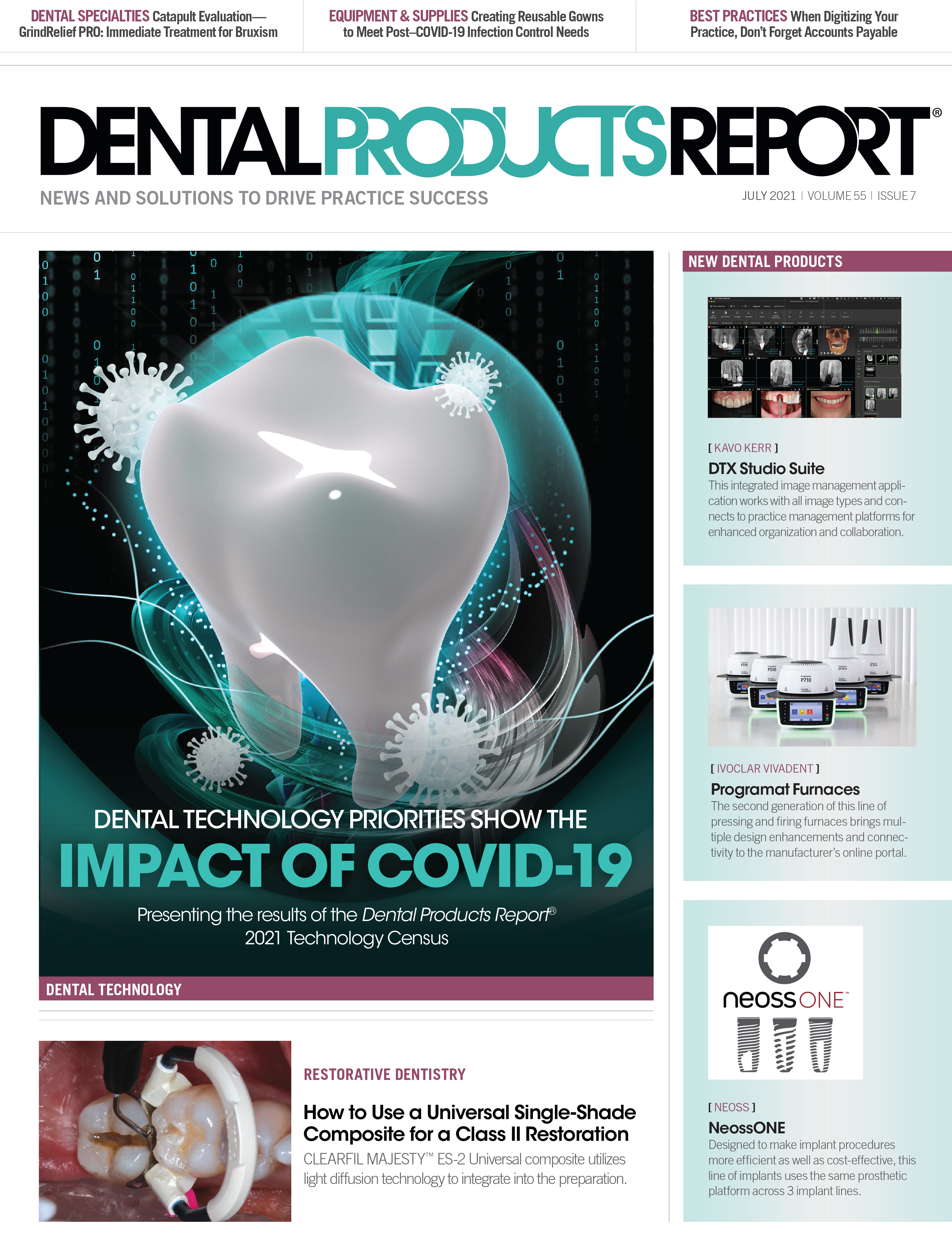History Repeats Itself with Teledentistry and Technology
When it comes to teledentistry adoption, many practices make assumptions not focused on patient research.
©W PRODUCTION / stock.adobe.com

I remember my first years in the dental industry. I worked as a regional manager for a large dental equipment manufacturer. One of the many products I was responsible for was CAD/CAM. In those days, this was a technology that enabled the forward-thinking concept of same-day dentistry. We aggressively marketed CAD/CAM; however, in those early years, dentists were not exactly beating down our door.
A common denominator in every presentation we would make was the dentist’s last comments: “We have a great lab guy; our patients don’t mind driving to see him and coming back to us to finish the treatment.” This insight was rooted in assumptions and wishful thinking, not in patient research.
I now work for a leading teledentistry company. Although the technology has been around for decades, it is new to many private-practice dentists. The common objection I hear today is: “We don’t need teledentistry. Our patients don’t mind driving to see us—although we could have reassured them, triaged them, or even prescribed what they require over a teledentistry appointment, they love to come and see us.”
Once again, this is insight without patient research. I can’t help saying to myself, “This is technology adoption déjà vu.” Although CAD/CAM is now a household word, it took time for many dentists to adopt this innovation—a technology that forced many out of their comfort zones.
Will teledentistry eventually become as commonplace as CAD/CAM and same-day crowns? The answer is yes. Teledentistry will enable great things to happen for you, your patients, and your practice if you open your mind to it.
This technology utilizes all readily available communications technology tools, such as cell phones, tablets, and computers. It also uses the internet and cloud computing to create an easy-to-use, integrated, HIPAA-compliant, practice-building digital dentistry hub.
For example, thanks to a teledentistry platform such as TeleDent™ by MouthWatch, you can upload x-rays, images, and patient records and discuss them via virtual appointment with patients or other providers. You can talk and assess in real-time (synchronous) or later (asynchronous) at a more convenient time depending on the case and the need.
Patient Perceptions: Assume Nothing
“Great things happen when my patients come in to see me,” is what I often hear. I don’t doubt it. However, out of curiosity, let’s look at the numbers rather than relying on assumptions.
According to a 2020 study published in the British Dental Journal:1
- 94% of adults expressed satisfaction with a teledentistry visit.
- 97% felt that their needs were met and that they were able to express themselves clearly.
If teledentistry is integrated into your practice for greater efficiency and an improved patient experience, you can be confident that your patients will respond positively in a customer satisfaction survey.
The following statistic can use improvement:1
- 22% of dentists believe that teledentistry creates new opportunities.
When it comes to teledentistry, many dentists don’t know what they don’t know. If you were to think about the advantages of using teledentistry to care for elderly patients, emergency patients, or children, imagine how you could reassure them with triage or an emergency prescription. What’s more, if you use CAD/CAM, do you recall how excited your patients were back when you were able to treat them more quickly with less back and forth from their homes to your office or the lab?
What about your medically complex patients—the ones you care for with multiple providers? How simple would it be to coordinate conversations between providers and even between providers and patients? With teledentistry, you can decrease wait times, prioritize your patients, and improve patient convenience while minimizing provider-to-provider miscommunication.
Teledentistry is not only driven by COVID-19. Although the pandemic brought many changes, life has been getting busier in recent months. Patients are looking for ways to have a more balanced life and recoup a few minutes here and there. Teledentistry can enable that.
Take Another Leap
In the past, you were innovative when implementing new technologies in your practice. You took a leap of faith because you believed it would support you and your patients while increasing the quality of care you were offering. You may have invested a lot of money in new technologies such as CAD/CAM, 3D radiography, and dental lasers. By making those investments you broke out of your comfort zone to have more options for providing optimal care.
Shortly after each new technology purchase, you may have had concerns about the learning curve. Today, many dental software companies have incorporated a learning management system (LMS) into their platforms. TeleDent by MouthWatch took it a step further by combining its LMS with a team of well-trained experts, many of them clinicians, who will train you in less than an hour. They will also include tips on how to market teledentistry to your customers and demonstrate best practice approaches to achieving teledentistry success.
Of course, you’ll need to check with your state dental board to see whether the use of teledentistry is approved. If it is, the return on investment of teledentistry is almost immediate. You can see more patients, discuss more treatment plans, avoid unneeded visits, and better manage personal protective equipment spends, as well as your schedule. Your patients will thank you for offering it and will tell their friends.
The Time for Teledentistry Adoption Is Now
If you haven’t considered teledentistry for your practice, you should. You’ll be surprised by the potential number of use cases and applications. Many insurance companies now reimburse specific teledentistry CDT codes and once you have cared for your patients using this technology, you might still need to see them in person for additional care that cannot be done virtually.
Teledentistry is a technology that is needed in everyday practice and not only because of the pandemic. It’s here to stay because we all need to have more convenient ways to provide access to care and because we need that extra hour or 2 in our day to spend with our loved ones, go to the gym, or simply breathe.
How do you see your future? Could you benefit from freeing up some chair time? Can you see yourself starting your teledentistry adoption by shifting at least 1 or 2 appointments a day to virtual sessions to free up your operatory for more profitable treatment and procedures? Can you use the positive word of mouth from happy patients? I think you can, and I look forward to your comments on this article.
References
1. Rahman N, Nathwani S, Kandiah T. Teledentistry from a patient perspective during the coronavirus pandemic. Br Dent J. Published online August 14, 2020. Accessed May 20, 2021. doi:10.1038/s41415-020-1919-6
